Archives
- 2025-10
- 2025-09
- 2025-03
- 2025-02
- 2025-01
- 2024-12
- 2024-11
- 2024-10
- 2024-09
- 2024-08
- 2024-07
- 2024-06
- 2024-05
- 2024-04
- 2024-03
- 2024-02
- 2024-01
- 2023-12
- 2023-11
- 2023-10
- 2023-09
- 2023-08
- 2023-06
- 2023-05
- 2023-04
- 2023-03
- 2023-02
- 2023-01
- 2022-12
- 2022-11
- 2022-10
- 2022-09
- 2022-08
- 2022-07
- 2022-06
- 2022-05
- 2022-04
- 2022-03
- 2022-02
- 2022-01
- 2021-12
- 2021-11
- 2021-10
- 2021-09
- 2021-08
- 2021-07
- 2021-06
- 2021-05
- 2021-04
- 2021-03
- 2021-02
- 2021-01
- 2020-12
- 2020-11
- 2020-10
- 2020-09
- 2020-08
- 2020-07
- 2020-06
- 2020-05
- 2020-04
- 2020-03
- 2020-02
- 2020-01
- 2019-12
- 2019-11
- 2019-10
- 2019-09
- 2019-08
- 2019-07
- 2019-06
- 2019-05
- 2019-04
- 2018-11
- 2018-10
- 2018-07
-
With the nitrogen containing heterocycle components and
2021-11-01

With the nitrogen-containing heterocycle components and the acidic components in hand, the final products were synthesized according to the procedure as depicted in . Reaction of – with various β-substituted phenylpropionic adiponectin receptor (, and ), followed by deprotection by TFA, smoothly p
-
Macroautophagy hereafter referred to as autophagy
2021-11-01

Macroautophagy (hereafter referred to as autophagy) depends on an intracellular lysosome-dependent degradation system that maintains cellular metabolism and homeostasis [11]. Genes involved in these processes are termed autophagy-related genes (ATGs), which regulate autophagosome formation and compl
-
Recently the toxicity of TBT was demonstrated at
2021-11-01
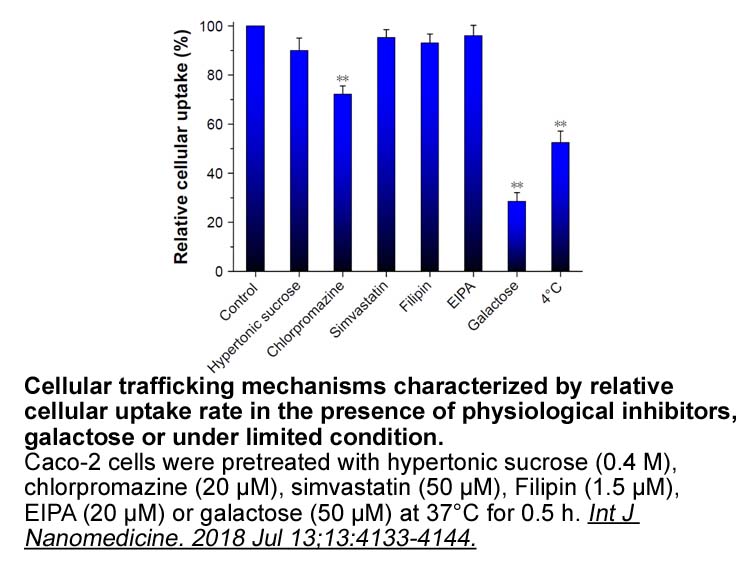
Recently, the toxicity of TBT was demonstrated at the vascular level in animal models (Nath, 2008), and the results obtained so far suggest that TBT may be a potential risk factor for cardiovascular diseases. TBT is capable to alter the coronary vascular reactivity to estradiol (dos Santos et al., 2
-
br Materials and methods br Results br
2021-10-29
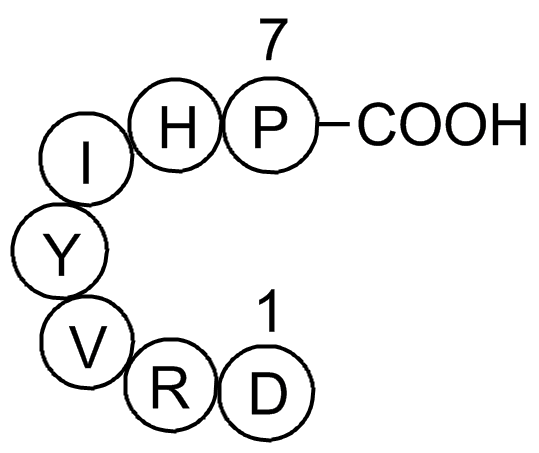
Materials and methods Results Discussion Serum HBsAg is not only an important serological marker for the screening and diagnosis of HBV infection but also an important indicator for the treatment of hepatitis B [15]. Jaroszewicz et al. [4] and Nguyen et al. [8] reported that the HBsAg level
-
After establishing improved GSNOR potency some of the
2021-10-29
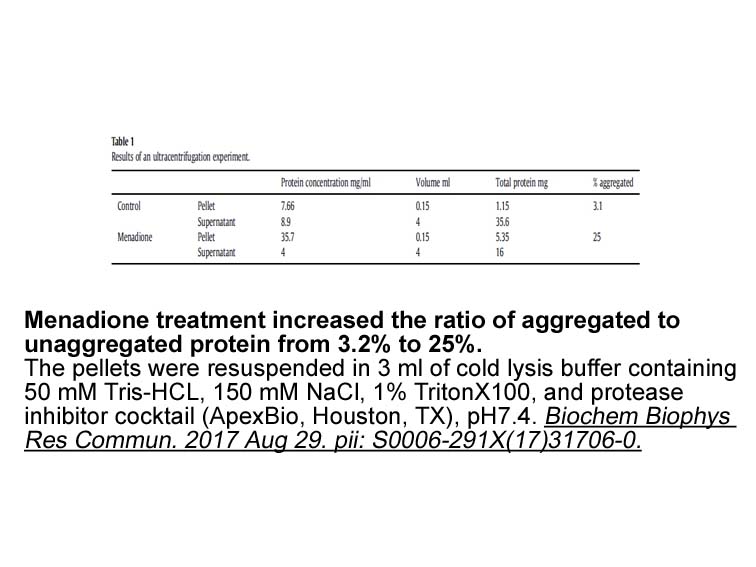
After establishing improved GSNOR potency, some of the potent inhibitors were further evaluated for microsomal stability and CYP inhibition studies (). Majority of the tested analogs revealed high metabolic stability in human and rat liver microsomes, and moderate to low stability in mouse liver mic
-
It has been indicated that chemicals induced
2021-10-29
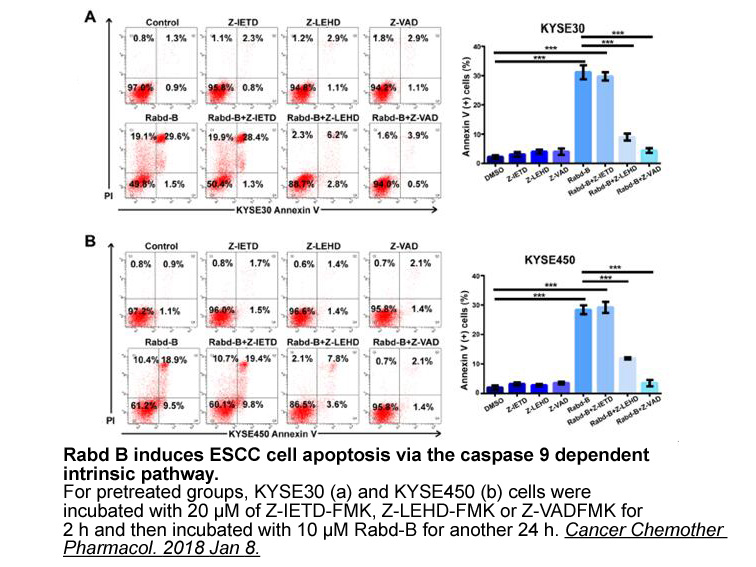
It has been indicated that chemicals-induced mammalian cell death is mediated by GSK-3 activation (by downregulated of GSK-3 phosphorylation) leading to apoptosis (Huang et al., 2014, Li et al., 2014, Tanabe et al., 2011, Yun et al., 2009). In contrast, accumulating evidences have reported that the
-
In addition to gonadotropes GnRHRs have also
2021-10-29
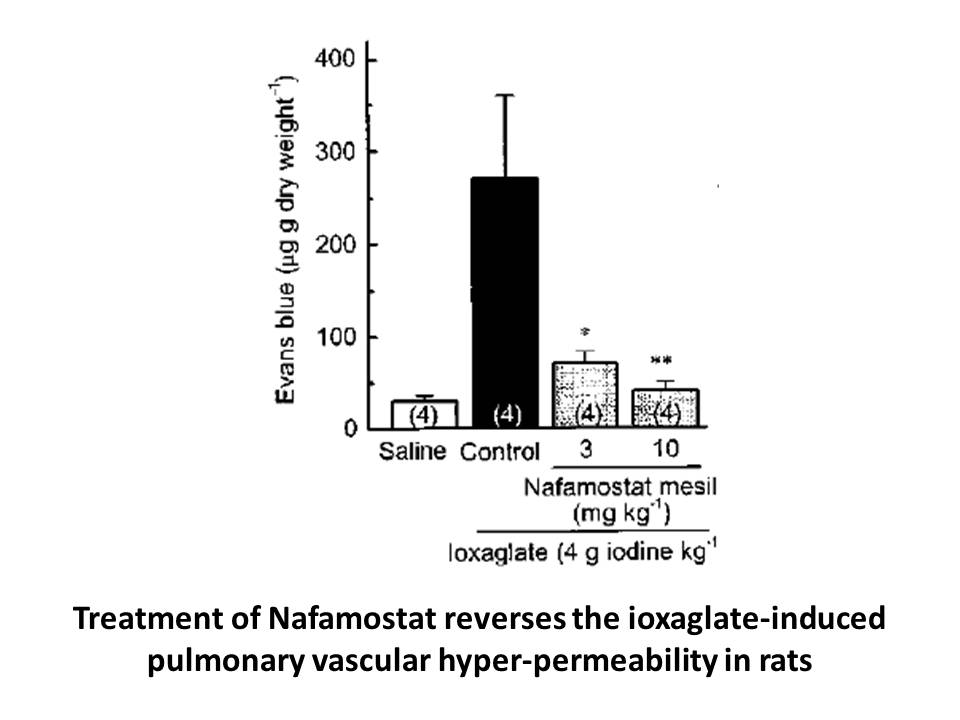
In addition to gonadotropes, GnRHRs have also been detected on somatotropes, lactotropes, thyrotropes, melanotropes, somatolactin (SL) cells, and/or corticotropes using immunohistochemical, radioligand-binding, or mRNA expression approaches across species; including fishes, rats, and humans (La Rosa
-
In conclusion we have designed and characterized
2021-10-29
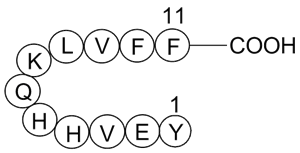
In conclusion, we have designed and characterized a novel series of EAAT-blockers, exemplified by (-[4-(2-bromo-4,5-difluorophenoxy)phenyl]--asparagine)—a potent, selective, competitive non-substrate inhibitor of EAAT-2. As one of the most potent and selective EAAT-2 inhibitors identified to date, m
-
CU CPT 22 Fatty acids have been repeatedly
2021-10-29
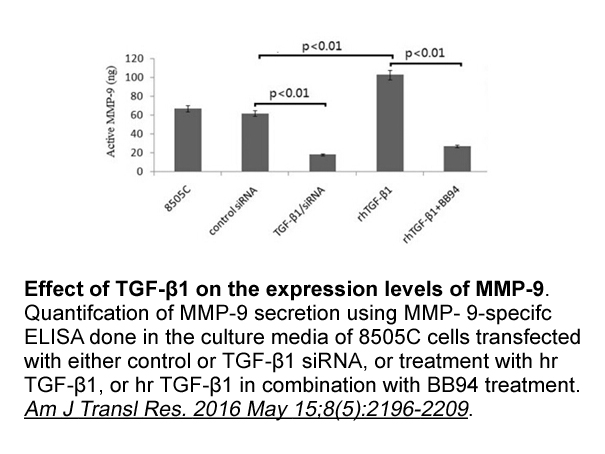
Fatty acids have been repeatedly shown to increase the responsiveness of pancreatic islets to glucose both in vitro and in vivo[6]. The recent identification of GPR40 as a receptor for free fatty acids that is localized to the pancreatic islet cells has therefore stimulated interest in obtaining sma
-
br Clinical trials testing GLP
2021-10-29
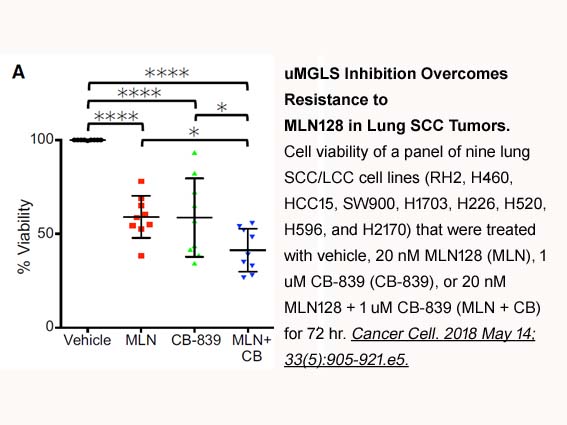
Clinical trials testing GLP-1 mimetics in AD or PD patients GIP analogues show good neuroprotective effects in animal models of AD and PD Glucose-dependent insulinotropic polypeptide (GIP) is a 42-amino Physostigmine hemisulfate incretin growth factor which activates pancreatic islets to enhan
-
Fig a and b illustrates a slow inhibition
2021-10-29
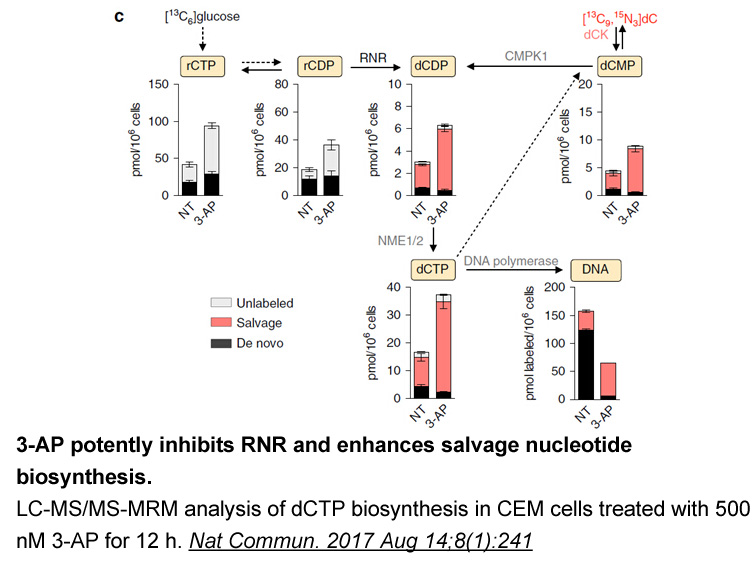
Fig. 3a and b illustrates a slow inhibition by PMA in 2 μM Ca2+. Moreover, channel inhibition was reversed by addition of PKC19–31, a peptide inhibitor specific for PKC, as shown in Fig. 3c. In three experiments, Im was reduced to 14.5±0.6% of the control value by PMA to increase to 207.6±73.6% by a
-
Regulation of Gja involves a member of the wingless type
2021-10-29
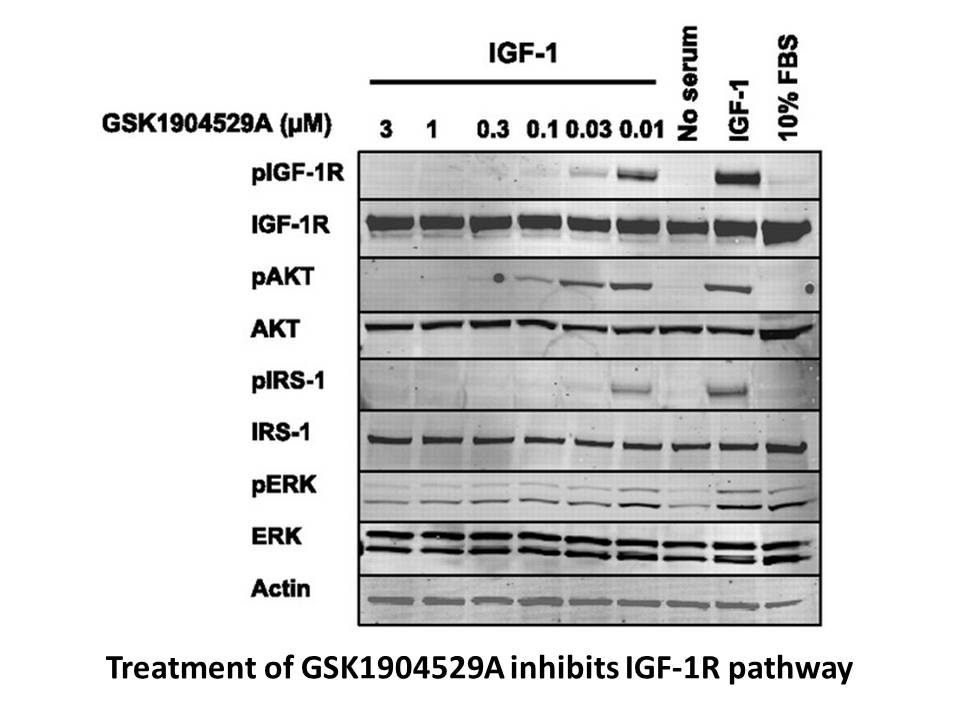
Regulation of Gja4 involves a member of the wingless-type MMTV integration site family, WNT4. Mice deficient in Wnt4 had reduced (30%) expression of GJA1 compared to WT mice [40]. It is thought that WNT signaling regulates GJA1 expression and GJIC in granulosa Adarotene by modulating beta-catenin s
-
In the present study we also found that specificity
2021-10-29

In the present study, we also found that specificity concerns persist for antibody-based tools, like ELISAs. Measuring the same human plasma sample with four different commercial galanin ELISA kits produced four widely different galanin concentrations. No recovery of synthetic galanin peptide added
-
Methoxyflavone and methoxyflavanone Fig both
2021-10-29
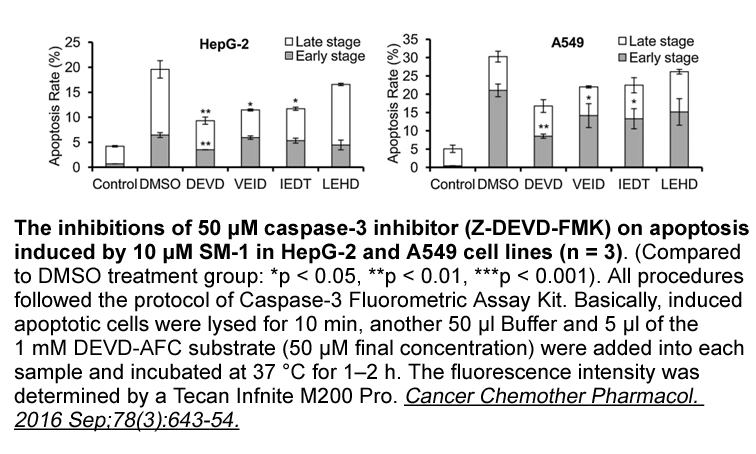
6-Methoxyflavone and 6-methoxyflavanone (Fig. 2) both act as flumazenil-insensitive positive allosteric modulators of GABA responses at human recombinant α1β2γ2L and α2β2γ2L GABAA receptors. However, unlike 6-methoxyflavone, 6-methoxyflavanone was relatively inactive at α1β2 GABAA receptors. Both fl
-
br Introduction Farnesoid X receptor FXR is
2021-10-29
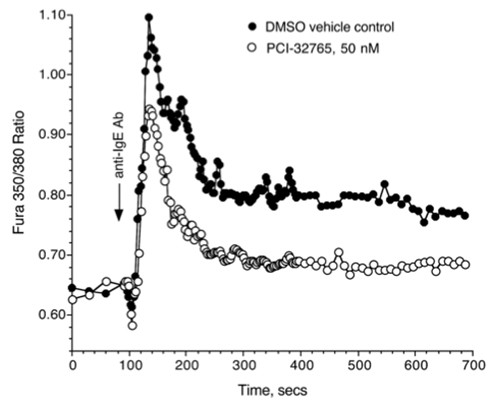
Introduction Farnesoid X receptor (FXR) is a bile AZ3146 regulated nuclear receptor highly expressed in the liver, intestine, kidney and adrenal glands in rodents.1, 2, 3, 4 FXR regulates transport proteins, the bile salt export pump (BSEP) and the organic solute transporter α (OSTα) that are inv
15755 records 534/1051 page Previous Next First page 上5页 531532533534535 下5页 Last page